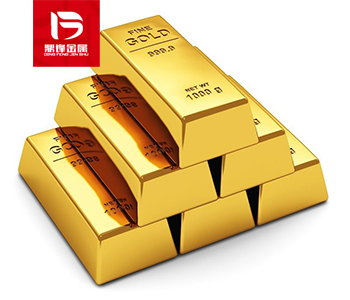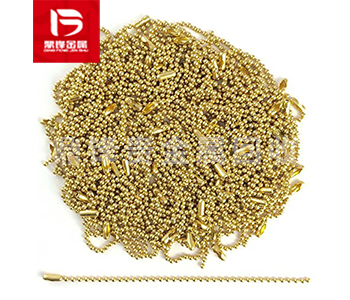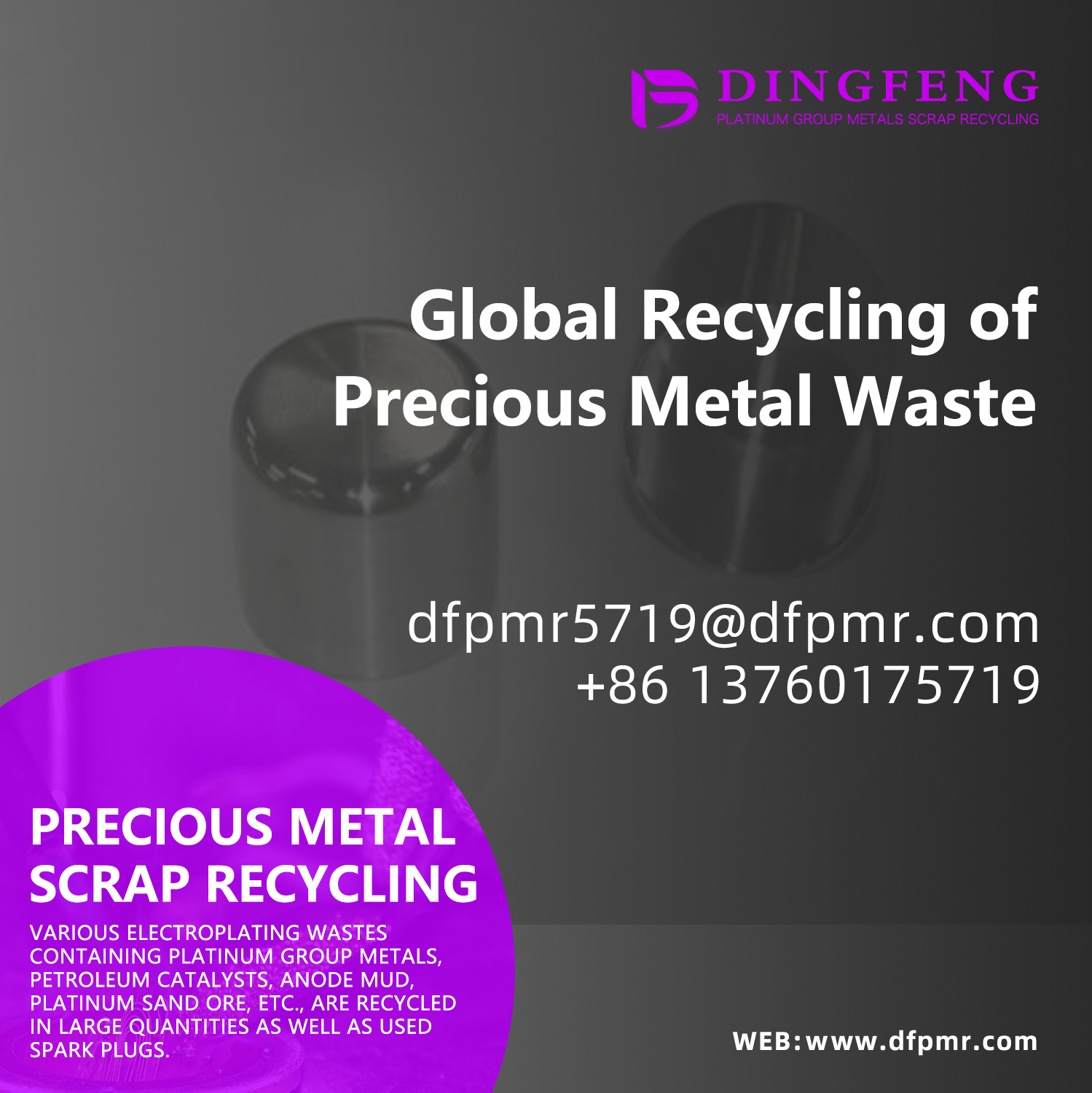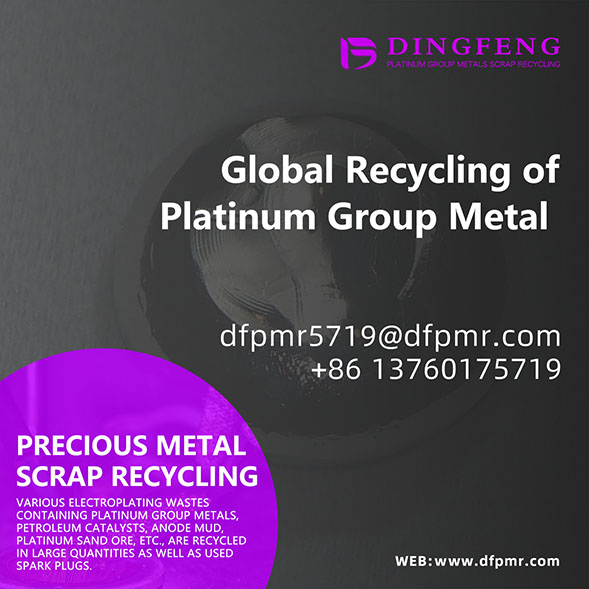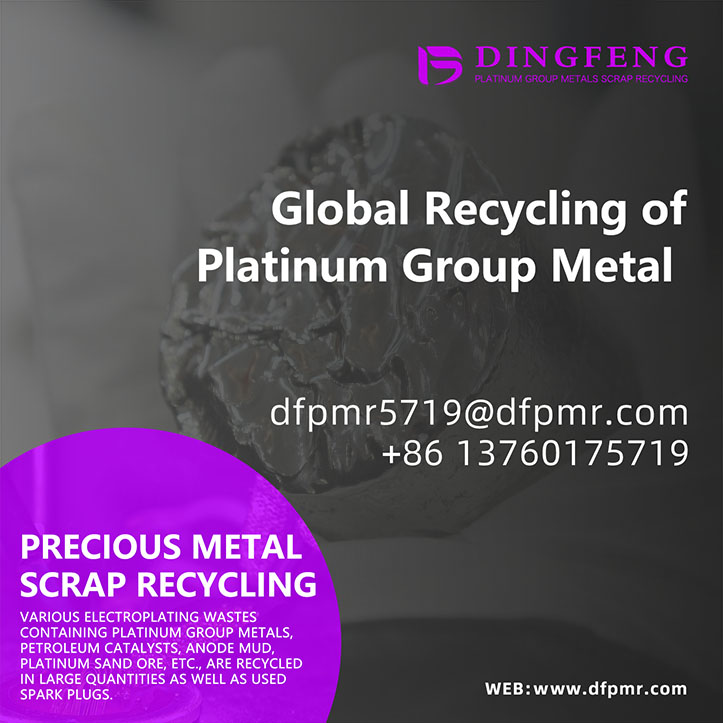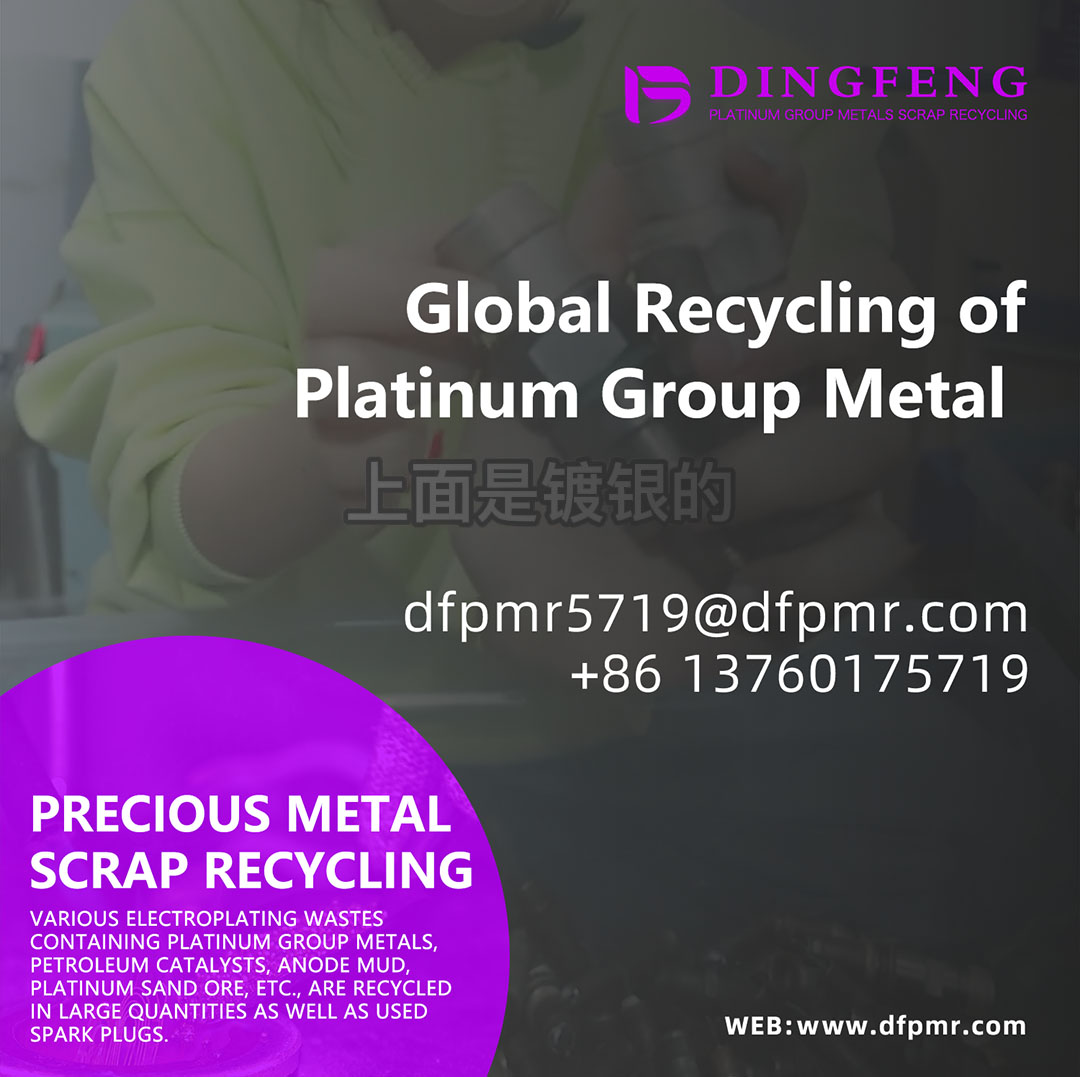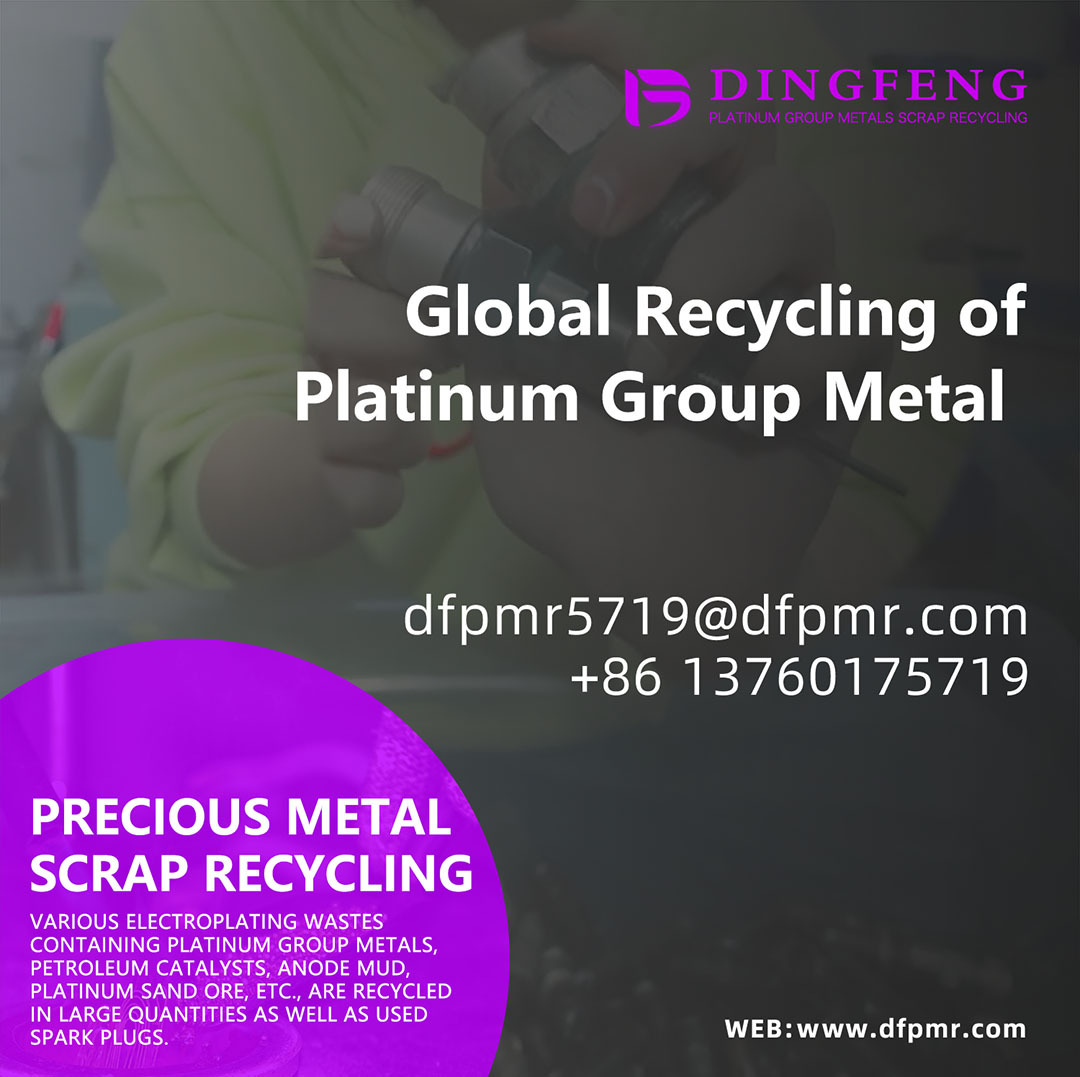Full steps of recovering silver from Silver chloride waste
With the development of industry and the progress of science and technology, waste disposal and Recycling have become an increasingly important topic. Silver chloride waste is a kind of waste containi
With the development of industry and the progress of science and technology, waste disposal and Recycling have become an increasingly important topic. Silver chloride waste is a kind of waste containing silver element, in which silver can be effectively utilized through the process of recovery and refining. This article will introduce the steps of recovering and refining Silver chloride waste to realize the effective reuse of waste, reduce resource waste and protect the environment.
Step 1: Waste collection and pre-treatment
First of all, Silver chloride waste needs to be collected and preliminarily pretreated. The method of collecting waste can be chosen based on the actual situation, such as recycling waste liquid from industrial production processes or extracting waste from discarded electronic products. Pre treatment includes removing impurities and pollutants to ensure the smooth progress of the subsequent extraction process.
Step 2: Dissolve the waste
After pretreatment, the Silver chloride waste is dissolved in a suitable solvent. Commonly used solvents include hydrochloric acid, nitric acid, etc. During the dissolution process, operations should be carried out based on the nature and content of the waste, ensuring that the waste is fully dissolved and forms a solution containing silver ions.
Step 3: Silver ion precipitation
By adding appropriate precipitants such as sodium chloride or ammonium chloride, silver ions react with chloride ions in hydrochloric acid to form precipitates. The formation of precipitation can be promoted by stirring, heating, and other methods. Silver ions precipitate and form solid substances that can be separated by centrifugation or filtration.
Step 4: Treatment of silver precipitation
The separated silver precipitate needs further treatment to remove residual pollutants and impurities. This can be done through multiple washes, using appropriate solvents to ensure the purity of the silver precipitate. The washed silver precipitate can be separated by centrifugation or filtration.

Step 5: Reduce silver precipitation
After treatment and separation, the silver precipitate needs to be reduced to pure silver by reducing the silver ions in the precipitate. This can be achieved by heating, chemical reducing agents or electrochemical methods. The reduced silver forms a solid metal that can be separated by filtration or centrifugation.
Step 6: Melt Pure Silver
After separation, the obtained reduced silver can be melted to obtain pure silver. Melting can be carried out using high-temperature furnaces or other appropriate equipment. During the melting process, an appropriate amount of other metals can be added to alter the properties of silver, such as increasing hardness or ductility.
Step 7: Reprocessing of Sterling Silver
The obtained pure silver may still contain some impurities and require further treatment. Reprocessing can include repeated steps such as dissolution, precipitation, washing, and reduction to improve the purity of pure silver. In this step, pure silver can be treated and refined differently as needed.
Step 8: Tail liquid treatment
During the process of recovering and refining silver, some tailings containing harmful substances may be produced. These tailings need to be treated to ensure environmental safety. Common tail liquid treatment methods include neutralization, sedimentation, filtration, etc. The treated tail liquid can be safely discharged or further treated to reduce environmental pollution.
Through the above steps, Silver chloride waste can be recovered and refined into silver. This method can effectively utilize resources, reduce the negative impact of waste on the environment, and obtain high-value silver. In the future, with the advancement of technology, we can further improve the extraction process, improve recycling efficiency, and achieve sustainable utilization of resources.
&Quot; Dingfeng Precious Metals Recycling includes precious metals such as gold, silver, palladium, rhodium, platinum, germanium, iridium, ruthenium, etc. This is our business in precious metal recycling. If you have precious metals such as gold, silver, palladium, rhodium, platinum, germanium, iridium, ruthenium that need to be recycled, please contact us and we will provide you with a satisfactory price& Quot;




